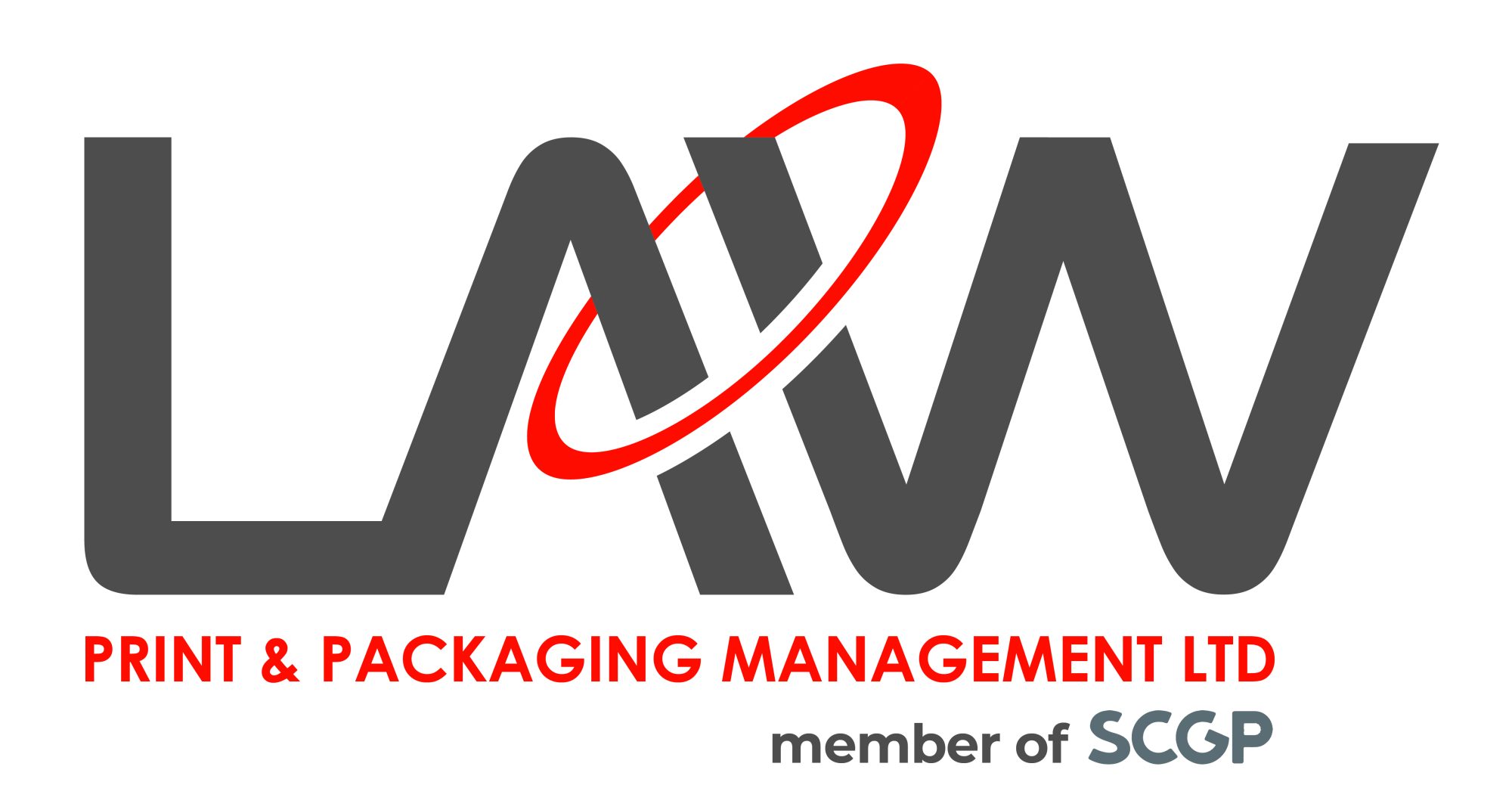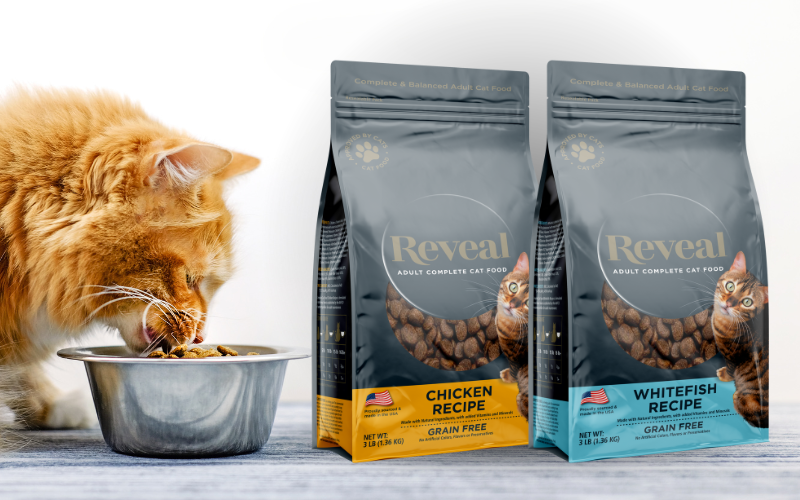As a business, your carbon footprint is probably at the forefront of your mind. One way to measure your footprint is most certainly by looking at your packaging. Is it as sustainable as you were hoping?
At Law Print, flexible packaging carbon footprints are always something we strive to make as streamlined and as efficient as possible. And more importantly, as small as possible.
It starts at the very beginning of your supply chain – certain packaging products produce more CO2 when manufactured. And what about transport emissions? Or renewable packaging? There’s a lot you can do to reduce your company’s carbon footprint.
In this blog, we’ll dive into the ways we at Law Print are actively reducing our footprint and how our customers are benefiting each and every time they purchase from us.
What are the carbon footprint advantages of Flexible Packaging?
The use of life cycle assessment tools has shown that flexible packaging usually results in less fossil fuel usage, greenhouse gas emissions and water use than other formats due to its very light weight (source reduction).
Flexible packaging creates an easier way into your businesses circular economy. A circular economy is achieved by creating products consciously with their whole life cycle in mind, re-using and recycling to extend their useful life, and then when their life is deemed over, re-manufacturing to create new products from old.
More and more infrastructures are becoming available and recycling plastic is being vastly improved with the development of mono material packaging solutions, such as the PE/PE bags from our Ready2Recycle range. Supermarkets are now providing collection points for customers of businesses who are using single polymer bags, so that these are not sent to landfill and are given a second life.
Another huge advantage of flexible packaging is the way in which product-to-package metrics are reduced. For example, a single-serve juice flexible pouch efficiently uses packaging with a product-to-package ratio of +97%. Or, a steel can for packaging coffee consumes +1,605% more water than a flexible pouch. Source
What are our Flexible Packaging Factories doing to reduce their carbon footprint?
Most of our bags are manufactured in the Far East, mainly Vietnam and Thailand, where recycling – as in everything can be re-used and should serve a purpose – is culturally ingrained.
The recycling of unused or unprinted films, printed reels (after being shredded), unused and leftover inks are collected by government-approved companies for recycling at their facilities. This means that when your bags are printed, the waste is not sent to a landfill; anything that can be recycled is sent to a separate company, specifically to be recycled.
The rate of processed waste by incoming materials at our main Vietnamese factory site in 2020 was 17.53%.
In Asia, there is also an overall strong mentality to preserve resources like electricity and water, so this is something that local suppliers will naturally incorporate in the running of their production sites. For example, our partner in Bangkok has pledged to increase the share of non-fossil fuels-based electricity for their factory by installing large solar panels on their workshop roof tops.
At the moment, environmental care on carbon emission is at the beginning of its scheme, however our partner factories in Ho Chi Minh City are already actively reducing their footprint by following the Vietnam government guidelines with targeted INDC’s (Intentionally National Determined Contributions) to reduce CO2 emission by a minimum of 8% by 2030.
What are the Freight Carriers doing to reduce their carbon footprint?
As the shift towards sustainability is well and truly rooted, a question we are asked a lot of the time is how are we offsetting the footprint caused by the way we ship our packaging to us in the UK from the Fast East or globally when we arrange cross-trade shipments directly from the factories to our customers in North America, for example.
Although still in their infancy, the sustainable practices that will shape the future of our shipping agreements, are underway.
From January 1, 2020, allowable sulphur levels in marine fuel oil were slashed under the International Convention for the Prevention of Pollution from Ships (MARPOL) Annex VI, more widely-known as IMO 2020, as the shipping industry plays its part in achieving a more sustainable environment. Carriers have now reduced the sulphur content from 3.5% to 0.50%, which results in a 77% drop in overall sulphur emissions (8.5 million metric tonnes).
The main alternative to using compliant fuel is to fit exhaust gas cleaning systems, also known as scrubbers, which remove sulphur oxides from the ship’s engine and boiler exhaust gases.
With around 90% of world trade currently transported by sea, the maritime industry is a significant contributor to greenhouse gases. However, the global shipping fleet is estimated to account for only 2.2% of global CO2 emissions.
The IMO adopted Resolution MEPC.304(72), its initial strategy to reduce global shipping industry greenhouse gas emissions by at least 50% (from 2008 levels) by 2050. De-carbonisation targets are certainly the shipping industry’s biggest challenge yet. Source
How can Law Print help you to reduce your business’s carbon footprint?
As a responsible packaging supplier, we have always worked closely with our customers in offering them the right packaging for their products, considering:
1) Optimisation – by reducing total packaging waste, optimising storage and distribution without impairing pack performance
2) Lightweighting – by improving environmental impact through reduced material usage, production and transportation emissions
3) Recyclability – by creating packaging to ensure limited food waste and offering mono material solutions
With our Ready2Recycle range, we strive to influence change to a more circular economy, where packaging can be disposed of in a more sustainable way.
Law Print is also very focused on creating innovative designs that are made in a more efficient way and use more recycled material content, to help our customers and retailers meet the Plastic Tax 2022 target of 30% first, and a commitment to making a greater % of their packaging reusable or recyclable by 2025.
If your brand is looking to invest in quality packaging, we will guide you through the entire print process. Providing recommendations along the way to improve efficiency, reduce costs and add untold value to the end product.
Contact us on +44 (0) 161 440 7302 or follow this link to complete our contact form.
CASE STUDIES | CONTACT US | SOCIAL MEDIA | NEWSLETTER


